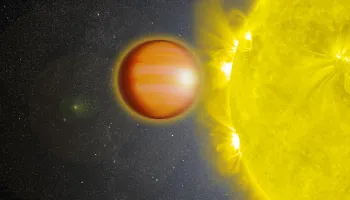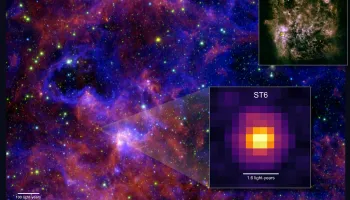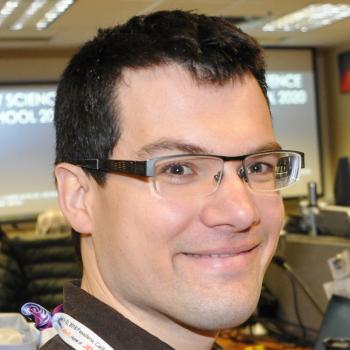Exoplanets
With the introduction of advanced instruments like NASA’s James Webb Space Telescope, exoplanet research has entered a new era. Astronomers are now tackling some of the biggest questions in this field of research: What are the properties of exoplanets? Why are they so diverse? What is the nature and composition of their atmospheres, and how can we tell which ones might be habitable?
UMD astronomers leverage some of the world’s largest telescopes to study a wide range of exoplanets, from planets with rocky surfaces to gas giants with atmospheres composed of hydrogen, helium, and heavier elements. With the Webb telescope, they can see spectral features — clues revealing the composition of a planet’s atmosphere — in unprecedented detail. To glean even more information from these observations, UMD astronomers use numerical models to simulate exoplanet atmospheres and predict their properties with greater precision.
Related News
Connected Researchers
Post-Doctoral Associate
Research Scientist
Assistant Research Scientist
Graduate Student
Graduate Student
Visiting Research Scientist
Graduate Student
Research Professor
Graduate Student
Graduate Student
Graduate Student
Assistant Research Scientist
Associate Research Scientist
Adjunct Professor
Visiting Assistant Research Scientist
Graduate Student
Visiting Assistant Research Scientist
Associate Research Scientist
Associate Research Scientist
Assistant Research Scientist
Assistant Research Scientist
Assistant Research Scientist
Graduate Student
Graduate Student
Assistant Research Scientist
Post-Doctoral Associate
Principal Faculty Specialist
Assistant Professor






























